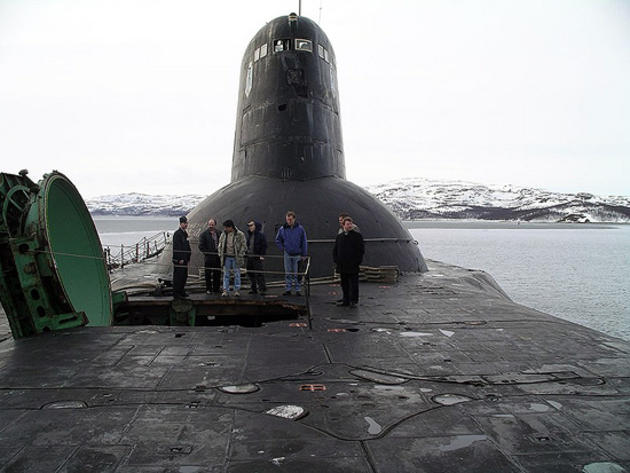

(Bellona gives 247 subs with 456 reactors 1958-95.) For operational vessels in 1997, Bellona lists 109 Russian submarines (plus four naval surface ships) and 108 attack submarines (SSN) and 25 ballistic missile ones apart from Russia.Īt the end of the Cold War, in 1989, there were over 400 nuclear-powered submarines operational or being built.

Russia built 248 nuclear submarines and five naval surface vessels (plus nine icebreakers) powered by 468 reactors between 19, and was then operating about 60 nuclear naval vessels. In 2021 the World Associationof Nuclear Operators (WANO) extended its peer-level pre-startup reviews – a normal procedure for power plants – to Russian icebreakers. More than 12,000 reactor years of nuclear marine operation have been accumulated, and Russia claims 7000 of these, and the US Navy over 5400. Lloyd's Register shows about 200 nuclear reactors at sea, and that some 700 have been used at sea since the 1950s. Other sources quote 108 reactors in US naval vessels in mid-2019. Over 200 PBq of fission products was released causing high radiation exposure of about 50 others, including ten with ARS. In 1985 the K-431 was being refuelled in Vladivostok when a criticality occurred causing a major steam explosion which killed 10 workers. The K-27 accident at sea in 1968 also involved coolant failure, this time in an experimental lead-bismuth cooled reactor, and 9 deaths from ARS as well as high exposure by other crew. * The K-19 accident at sea in 1961 due to cooling failure in an early PWR resulted in 8 deaths from acute radiation syndrome (ARS) in repairing it (doses 7.5 to 54 Sv) and possibly more later as well as many high doses. (Apart from reactor accidents, fires and accidents have resulted in the loss of two US and about 4 Soviet submarines, another four of which had fires resulting in loss of life.) There were more than 20 radiation fatalities.* Nevertheless, by Russia’s third generation of marine PWRs in the late 1970s safety and reliability had become a high priority.

However, early Soviet endeavours resulted in a number of serious accidents – five where the reactor was irreparably damaged, and more resulting in radiation leaks. The safety record of the US nuclear navy is excellent, this being attributed to a high level of standardisation in naval power plants and their maintenance, and the high quality of the Navy's training program. The largest submarines are the 26,500 tonne (34,000 t submerged) Russian Typhoon class, powered by twin 190 MWt PWR reactors, though these were superseded by the 24,000 t Oscar-II class (eg Kursk) with the same power plant. Eventually four generations* of submarine PWRs were utilised, the last entering service in 1995 in the Severodvinsk class. Russia developed both PWR and lead-bismuth cooled reactor designs, the latter not persisting. Rolls-Royce built similar units for the UK Royal Navy submarines and then developed the design further to the PWR2.
BIGGEST SUBMARINE SERIES
The technology was shared with Britain, while French, Russian and Chinese developments proceeded separately.Īfter the Skate-class vessels, reactor development proceeded and in the USA a single series of standardized designs was built by both Westinghouse and GE, one reactor powering each vessel. Nuclear power had revolutionised the Navy. Remarkably, the Enterprise remained in service to the end of 2012.īy 1962 the US Navy had 26 nuclear submarines operational and 30 under construction. A cruiser, USS Long Beach, followed in 1961 and was powered by two of these early units. Nautilus led to the parallel development of further ( Skate-class) submarines, powered by single pressurised water reactors, and an aircraft carrier, USS Enterprise, powered by eight Westinghouse reactor units in 1960. This marked the transition of submarines from slow underwater vessels to warships capable of sustaining 20-25 knots submerged for weeks on end. The first nuclear-powered submarine, USS Nautilus, put to sea in 1955. Work on nuclear marine propulsion started in the 1940s, and the first test reactor started up in USA in 1953. So far, exaggerated fears about safety have caused political restriction on port access. In future, constraints on fossil fuel use in transport may bring marine nuclear propulsion into more widespread use.Most are submarines, but they range from icebreakers to aircraft carriers.Over 160 ships are powered by more than 200 small nuclear reactors.Nuclear power is particularly suitable for vessels which need to be at sea for long periods without refuelling, or for powerful submarine propulsion.


 0 kommentar(er)
0 kommentar(er)
